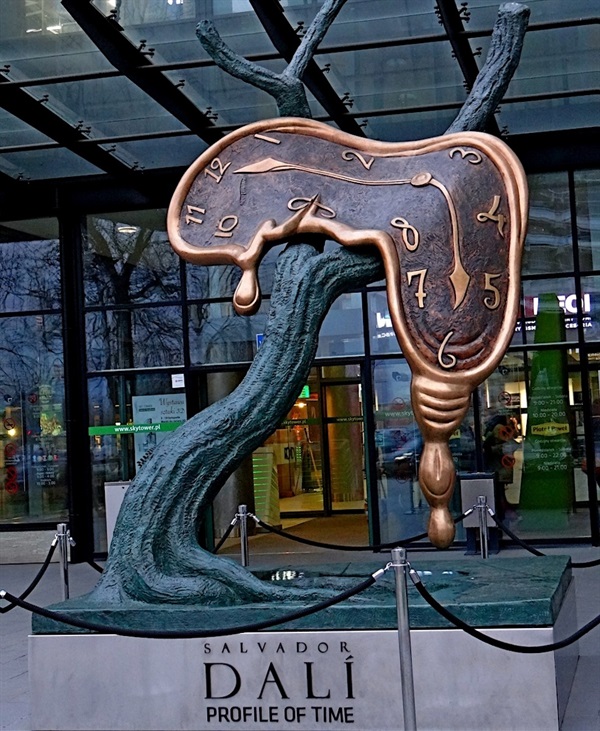The animation of the hands of an analogue clock has been demonstrated in a variety of examples. This can be accomplished using CSS and/or JavaScript. Once the rotation of the hour, minute and second hands have been arranged, using the the appropriate code, the time can be synchronised with the computer system time and, if required, an offset can be applied, to give the time at any time zone around the world.
The Italian scientist Galileo Galilei discovered the crucial property that makes pendulums useful as timekeepers, called isochronism: the period of the pendulum is approximately independent of the amplitude of the swing. He also found that the period is independent of the mass of the bob, and proportional to the square root of the length of the pendulum. In 1641 Galileo conceived a design for a pendulum clock and asked his son Vincenzo to construct it. However, it was not completed before he died in 1649. The Dutch scientist Christiaan Huygens built the first pendulum clock in 1656.
The clock on the left was designed and coded by Burak Kanber, an engineer, using JavaScript and HTML Canvas element. In an article about pendulums, he verified the principles applied from physics to check and obtain the correct movement for the pendulum. The clock on the right is from an article by Bukya Sridhar, also using JavaScript and Canvas to create a pendulum clock.
The End of Time …
We hope that you have enjoyed looking at the various graphics and that perhaps they have created an interest in the concept of time and how it is measured and displayed to us.
